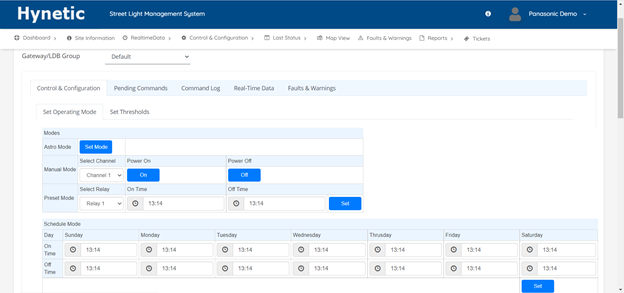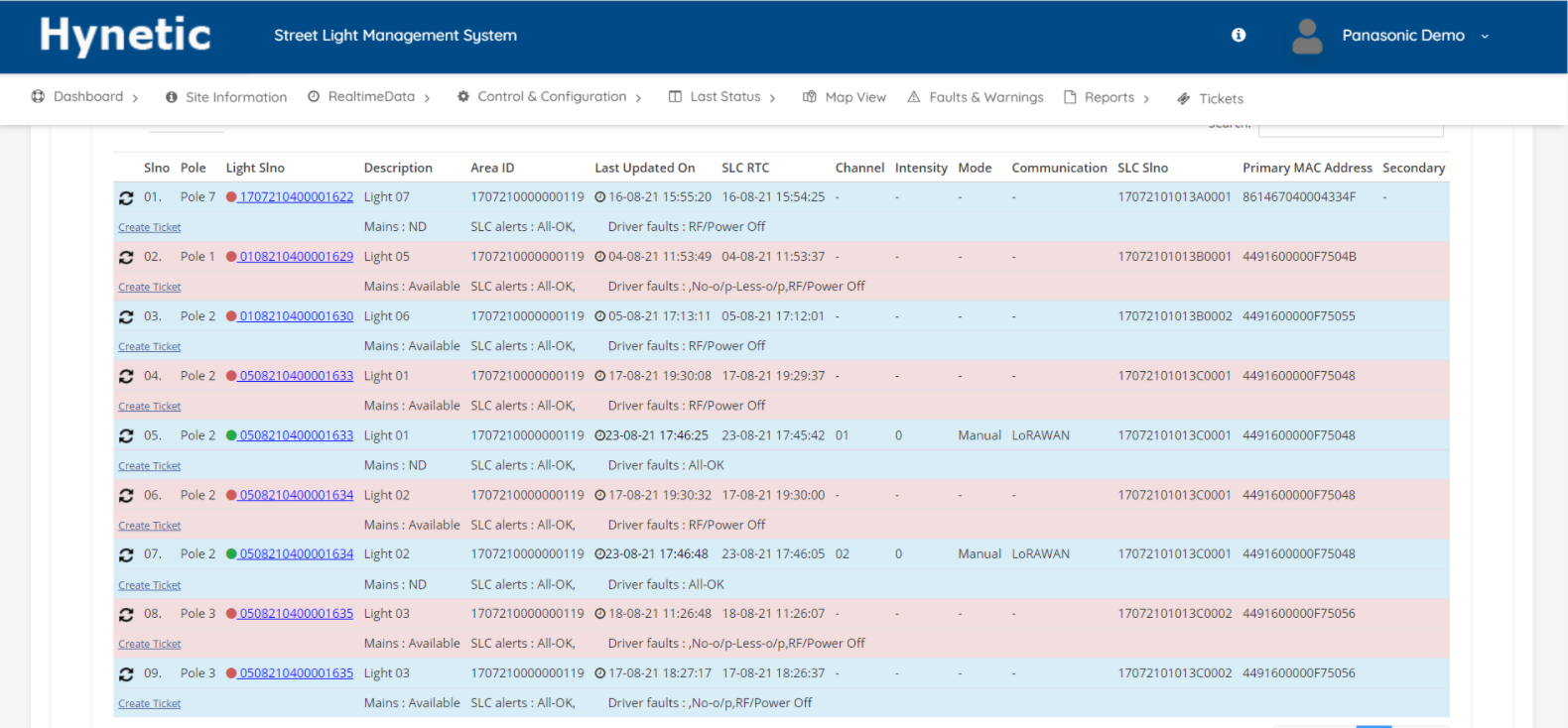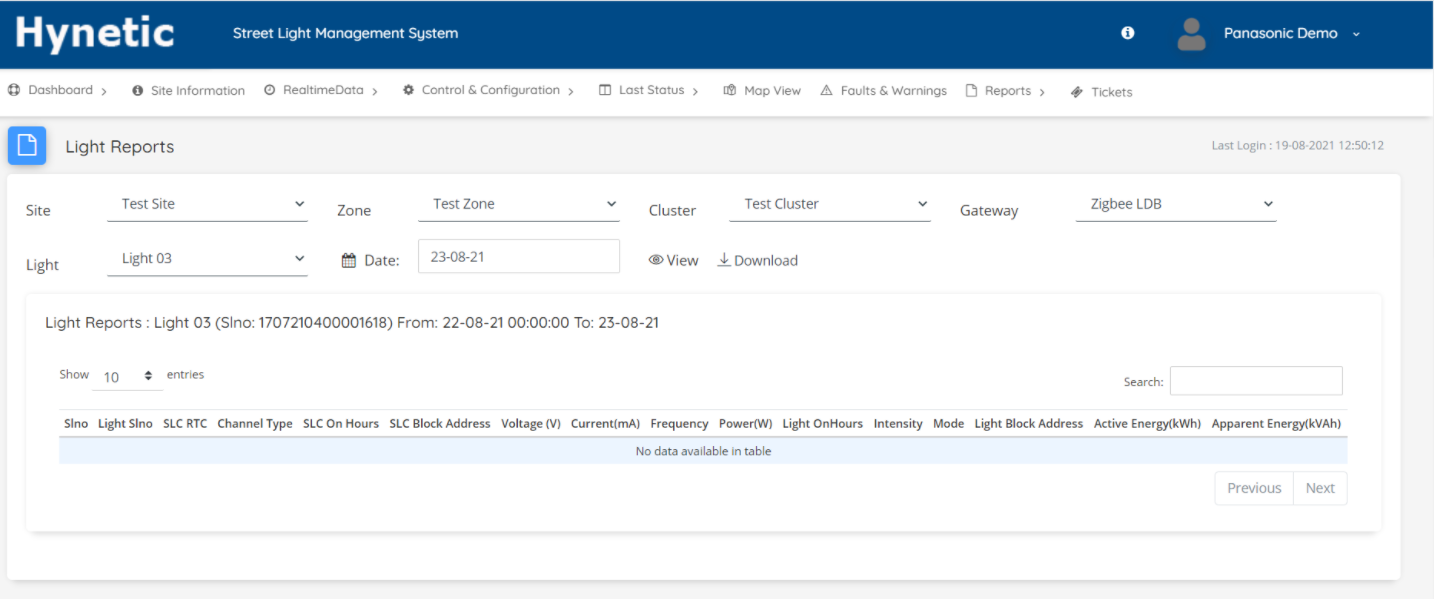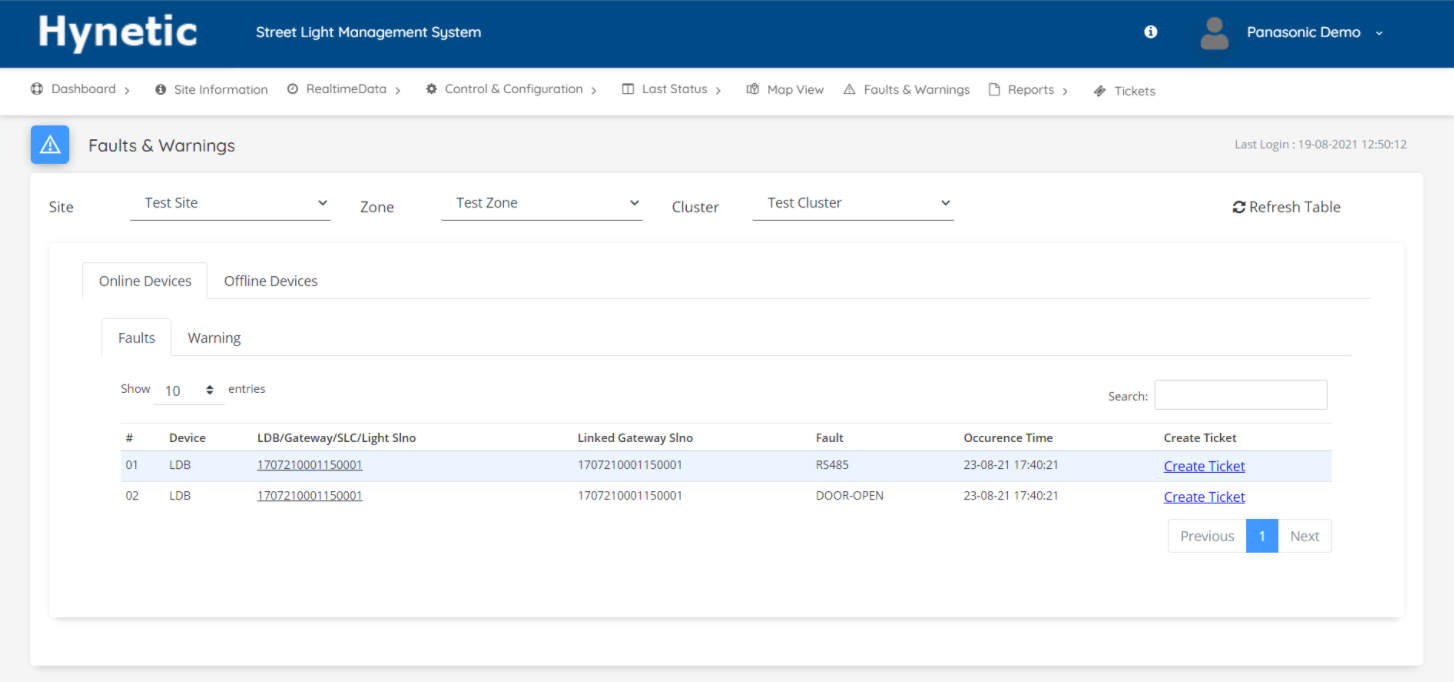BLOG
Importance of a Lighting Management System

Shreya Dr
Sept 25, 2021 4 min read
A robust lighting management system is cardinal for an IoT-enabled lighting network, a cost-effective smart lighting system consists of hardware and software working in tandem to provide energy savings and operational efficiency. Our state-of-the-art lighting management system is a secure and easy-to-use Central Management Software (CMS) that allows us to manage, monitor, and control smart light assets and sensors remotely. This solution is designed to create an overarching digital control system that is based on the concept of IoT and cloud computing, a software that can efficiently manage street lighting projects in diverse locations and geographies. In addition, Hynetics’ cost-efficient lighting solution is backed with a central management software that is vendor-neutral ( i.e it can manage hardware assets from many different vendors) and technology agnostic (i.e it works with multiple communication technologies such as NB-IoT, LoRa, PLC, RF-Zigbee, etc.)
Why choose Hynetics’ Lighting Management System?
Our Lighting solution backed with an efficient central management software offers a wide range of features, ranging from real-time control to API integration.
1. REAL TIME CONTROL AND CONFIGURATION
Allows users to control the street light network by sending ON/OFF/DIM commands in real-time. Additionally, this platform enables the configuration of the automated or scheduled operation of different assets using different modes of operation.

2. REAL TIME MONITORING AND ASSET MANAGEMENT
Real-time monitoring and Asset management go hand in hand. The ability to monitor the status of our lighting network enables us to manage our assets effectively. With our real-time monitoring feature, we can obtain real-time information about the operation status of the lights. Lighting information includes Serial Number, Pole Number, Description, Communication, On-Hours Input Voltage, Current, Power, Frequency, Power Factor, Active Energy (kWh), Apparent Energy (kVAh), Light On-Hours, Intensity, Operational Mode, Light Alerts, etc. Feeder Panel Information includes Serial Number, On-Hours, Relay Status (AC Contactors), Phase Status (PH1, PH2, PH3), Input Voltage, Current, Power, Power Factor, Active Energy (kWh), Apparent Energy (kVAh), Faults & Alerts, AC Threshold Alerts. Having this information, we can efficiently manage all our assets/fixtures linked to the light. Real-time status and scheduled updates enable optimized maintenance management.

3. GOOGLE MAPS INTEGRATION
Lights can be located and controlled via the google maps interface. Location features include street view, satellite view, and color-coded images that indicate their status.

4. REPORT GENERATION
Our solution is backed with real-time analytics and visualizations. Reports provide information about energy consumption, failure analysis, uptime %, monthly burning reports, etc. Using this platform we can obtain scheduled Daily, Weekly & Monthly reports on the operation of the lights with an option to download relevant reports of Lights & Faults for the desired timeline.


5. DASHBOARDS
Dashboards provide an overview of the operational status of the lights and feeder panels. Easy access to relevant pages (Site Overview, Real-time Data, Control & Configuration, Last Status, Google Map View, Faults & Warnings, Reports, Tickets, etc)

6. ALERTS AND WARNINGS
Another remarkable feature of a lighting management system is the ability to give alerts and warnings when there is some abnormal activity (Network failure, Switching point failure, abnormal power consumption, low power factors, communication failures, day burners, burnouts, over/under voltage, etc) in the lighting network. Additionally, our platform can assign service tickets to relevant technicians and an escalation Matrix for Managers.

7. API INTEGRATION
Our lighting solution offers API integration with 3rd party smart city platforms and applications. API integration will enable the seamless cooperation of applications and web systems.

Other additional features include Heat map visualization for fault identification, user hierarchy for protected access, rugged security, light fixture interoperability, scalability, mobile management, etc
Please enter your details below to access these blog resources.
Any questions please contact info@hynetic.com.
Thank You!
Do you need a smart street lighting solution?
Let us help you identify and evaluate the technical solutions that will help you reach your smart lighting and smart city goals.





